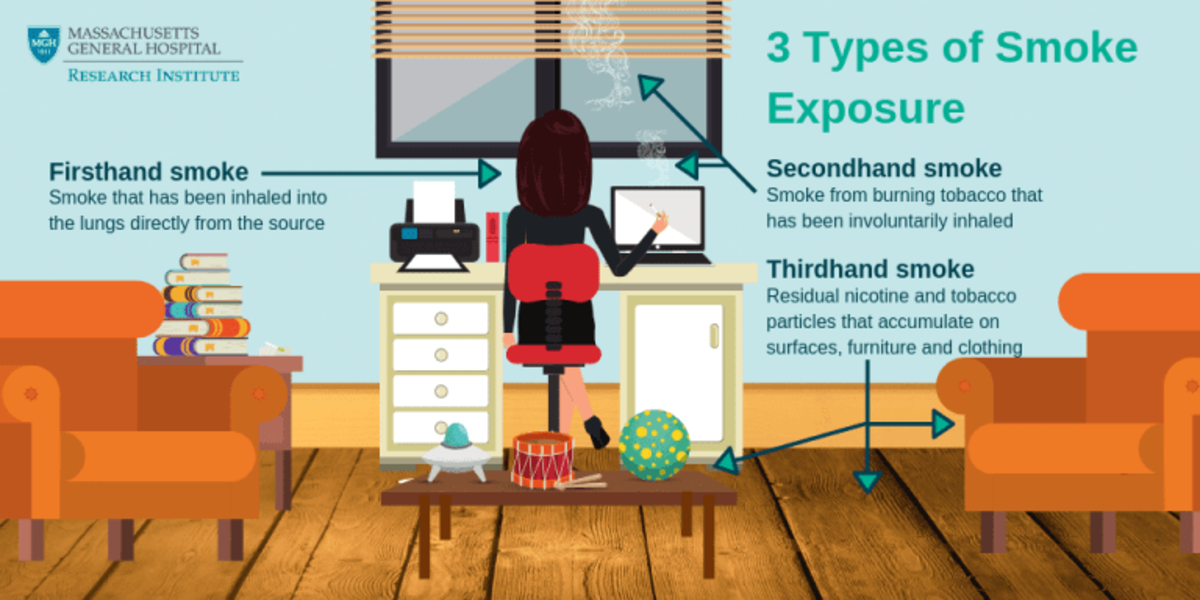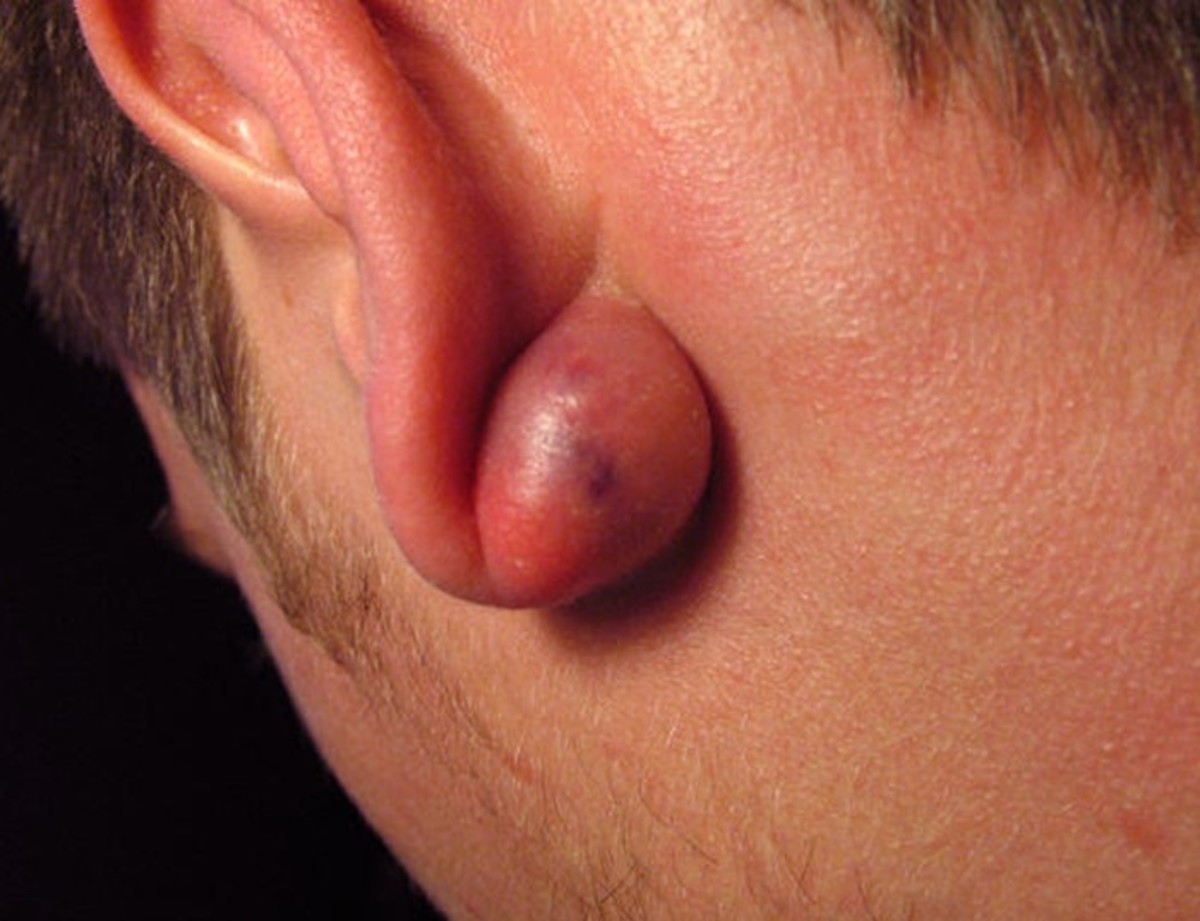The Effects of Smoking - Supplemental Oxygen Down the Line
A Smoker´s Future: Portable Oxygen Machines?
Smoking is bad for your health and everybody knows this - we are all aware of this, both smokers and non-smokers. Back in the sixties and earlier there were ads on magazines stating that leading doctors recommended smoking, and if this was true then there must have been a lot of red faces going round.
In many cities of the world smoking is not allowed and for those who do smoke the smoking rooms that are set aside as a consolation price must be just short of a quick visit to hell. You may have observed in an airport a group of people puffing away behind a glass partition - it is sad, like something out of a science fiction film depicting a society where something has gone terribly wrong.
And yet there are still millions of people who smoke, and of these a large percentage are young people who are starting out - with a view to what? looking grown up? being accepted and seen as suave?
Everybody that smokes over a given period of time (how long dependes on who much and the general health of the person) will cause damage to their lungs. The damage will be done, there is no two ways about it, but unfortunately for smokers this isn´t apparent right away. The damage will tend to flare up further down the line and that is bad news as when it does it will be too late to repair the damage.
Unfortunately many today's smokers, new, established and even future ones, will develop COPD (chronic obstructive pulmonary disease) and will have to receive supplemental oxygen.
The Statistics
The statistics are quite impressive:
- Of all COPD sufferers, approximately 90% were smokers.
- Of all smokers, approximately 20% will end up with COPD and the need for extra oxygen.
According to some sources, around 2000 million people smoke. According to the statistical projection, of these (20%) 400 million will end up with COPD. These figures are enormous and the health care costs are equally frightening.
So what happens when you develop COPD? Apart from the obvious lung damage and effects on the physical well being of a person a very large number of cases will end up needing extra oxygen full time.
Anyone who has smoked for any length of time will have a certain amount of lung damage and this is usually irreversible (it will depend of a few factors that include how long they have smoked, at what age they started, how much did they smoke and physical characteristics). But having said that lung damage will be less when you stop smoking.
Oxygen therapy, which implies receiving supplemental oxygen, has been shown to extend life expectancy as well as making the patient less dependent on others. This allows patients not only to access the oxygen levels they need but also to maintain an active lifestyle. Receiving oxygen and being active allows patients to breathe (simplistic but true) and also to be able to maintain a life style with a certain amount of activity. This is recognized to be really important as physical health and psychological well being do go hand in hand.
Preventive Measure And Quality Of Oxygen Delivery Systems
The first is preventive measures. We as a society are much more aware of the dangers of smoking and the legislation and conviction are reduced numbers of smokers, or at least smoking opportunities. This still means that many millions will require oxygen therapy in the future - but at least it's not as any as could be. (The social costs can only be measured in billions of dollars).
Over the last few years manufacturers have invested in better designs and longer lasting oxygen delivery systems (especially in portable oxygen concentrators) so that patient's quality of life (primarily because of the increased capabilities of active life styles) is better than at any other time before. After all the demand is huge.
Long-term oxygen therapy is being provided even as people engage indifferent activities and is no longer limited to the clinic or to the home. Mobile and portable units are available, are also covered by insurance and even some portable oxygen concentrators are allowed on board planes, as authorized by the FAA.
Various devices such as pulse of oximeters, that measure oxygen saturation, and oxygen flow regulators are part of standard equipment that long-term oxygen patients are using - and as a result they are increasing their potential levels of activity.







